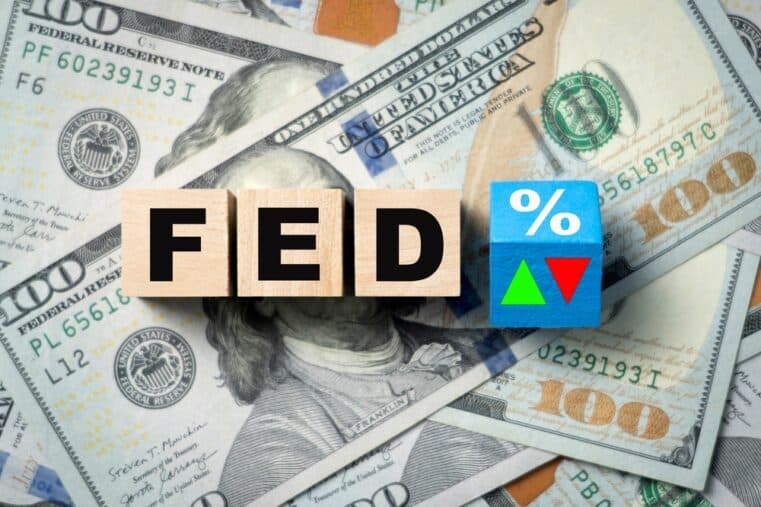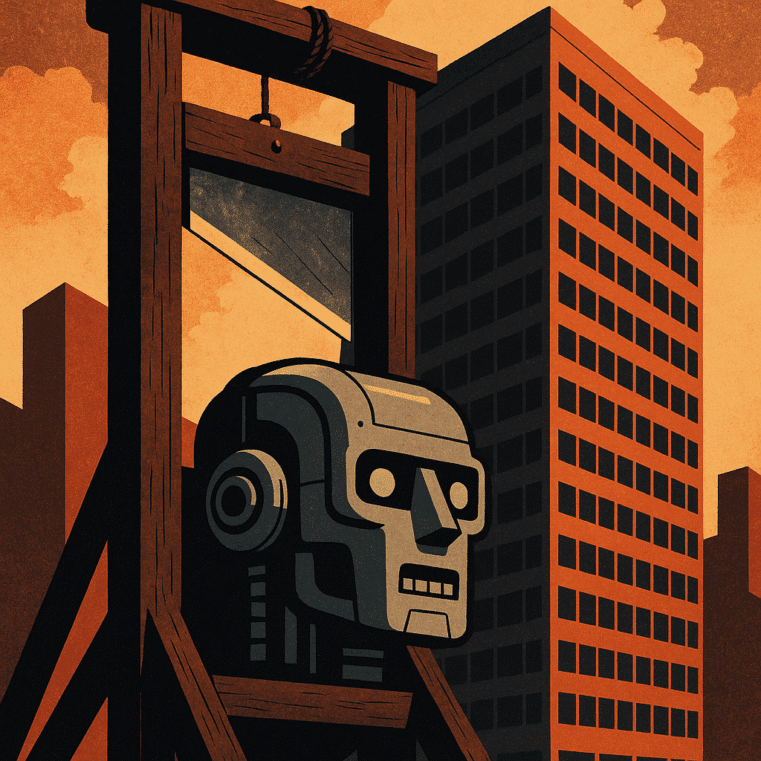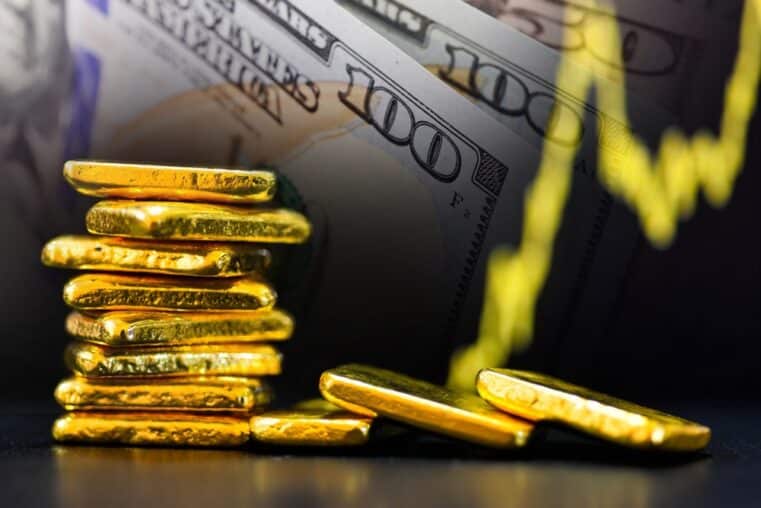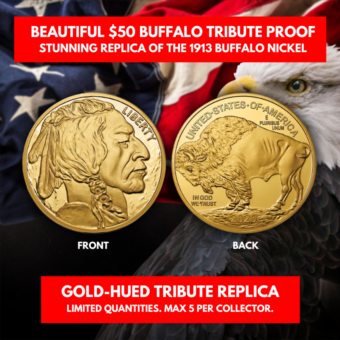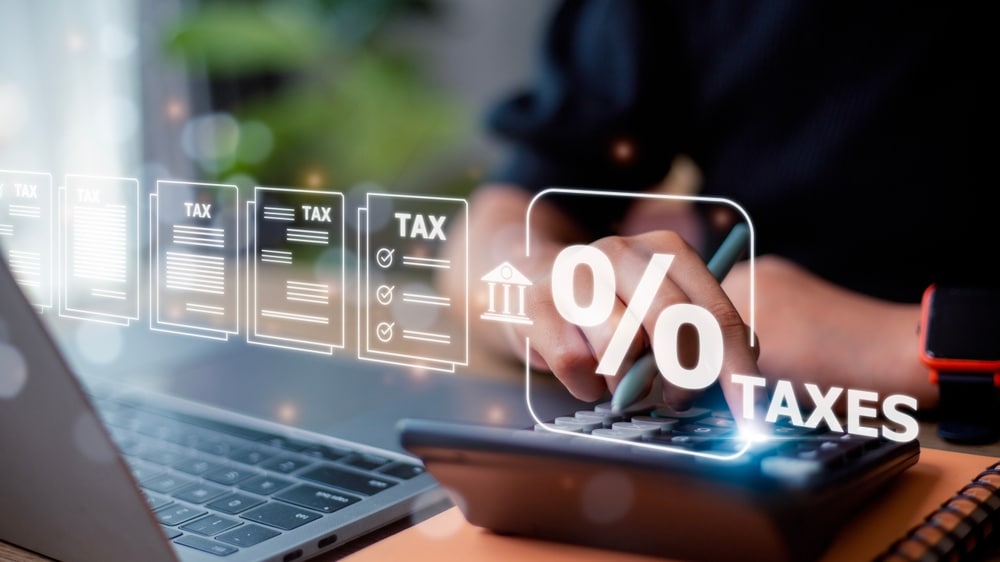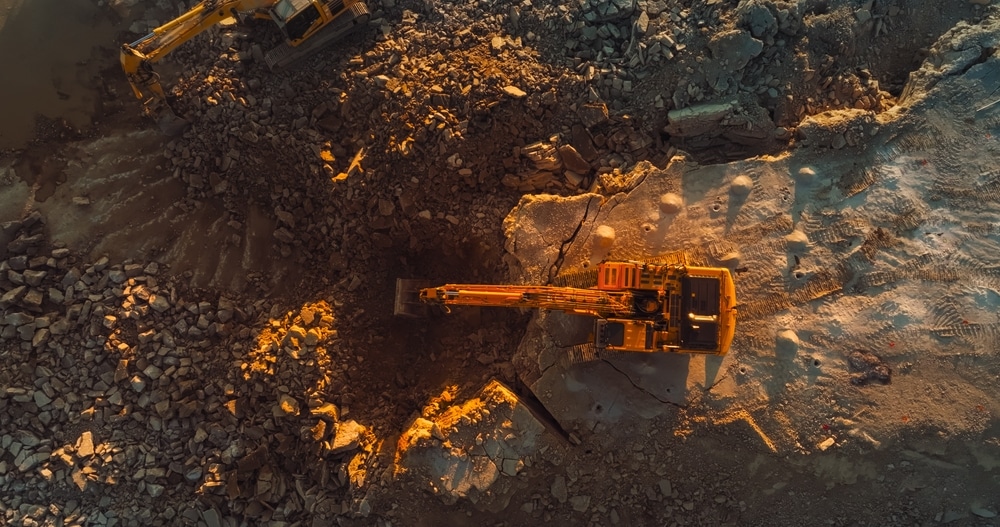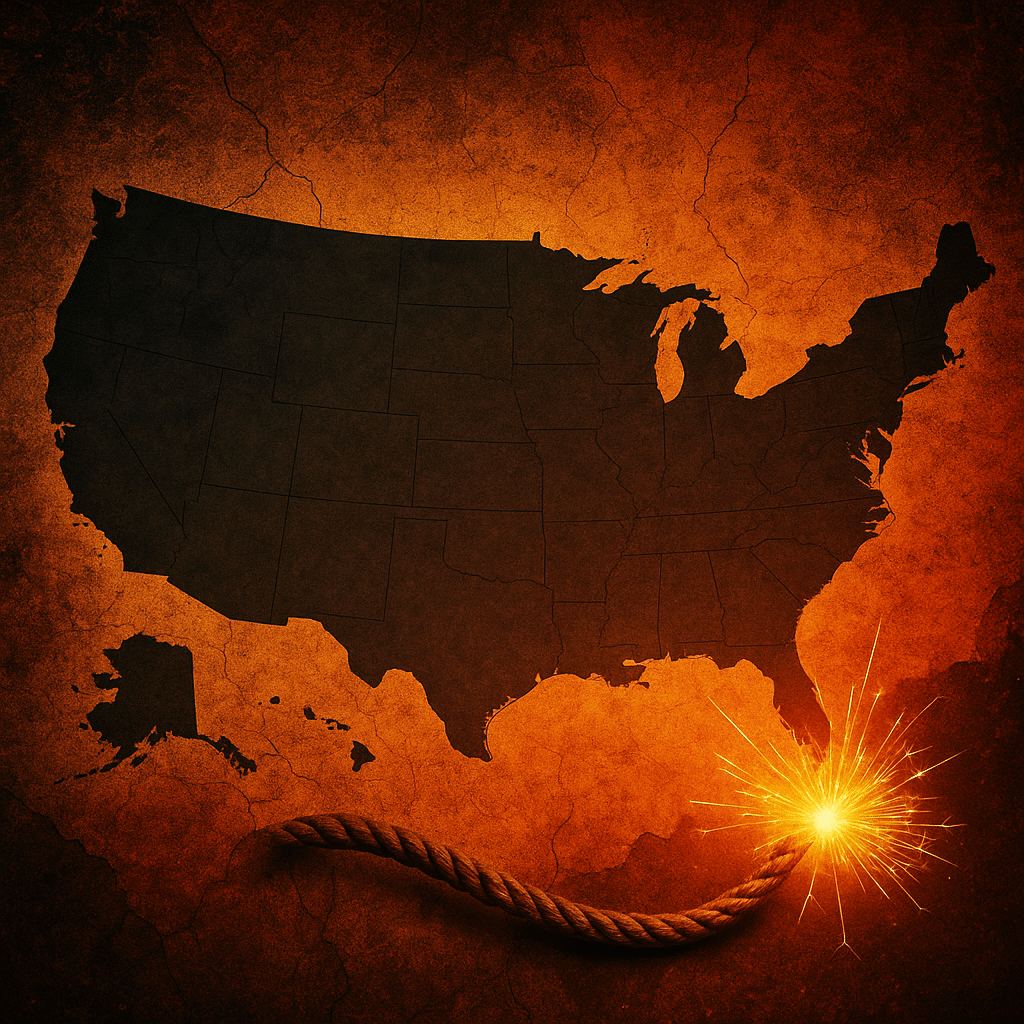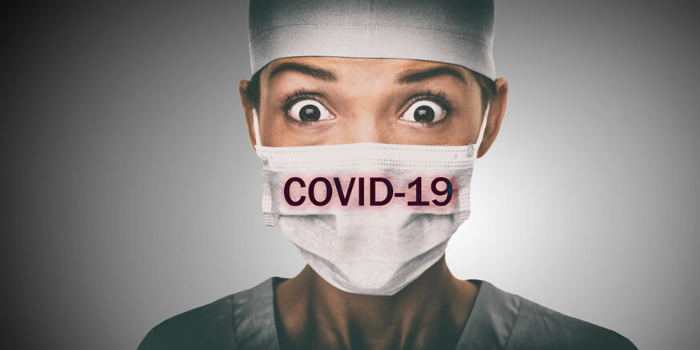
Wall Street feasts on federal coronavirus aid while Main Street starves

Judging by the performance of the stock market, the economic recovery from the pandemic lockdown should be swift and dramatic, a so-called V-shaped recovery.
If only it were true.
The stock market’s recent gains don’t tell the full story of the absolute mess the US economy finds itself in, even as the worst of the coronavirus is behind us. Rather, the gains in equity prices are more of an indication of the uneven stimulus methods employed by the feds. These measures will almost certainly benefit Wall Street and market speculation — even as their impact on Main Street will be slow to come.
Wall Street executives and analysts predict a tale of two economies: Wall Street traders will make money, while Main Street businesses face economic conditions not seen since the Great Depression.
I hope my Wall Street sources are wrong. I hope the money earmarked for small businesses and individuals as part of the $2 trillion rescue package will prevent the economy from falling off a cliff. I hope the money made on Wall Street trades will trickle down to small businesses when the economy opens up.
But there is good reason to believe the trickle-down will be pretty thin. Wall Street may recover fast as the economy founders.
The Federal Reserve is pumping an estimated $10 trillion in liquidity into the financial system. That’s essentially earmarked for Wall Street. These trillions flowed into just about every corner of high finance; the Fed’s new programs even allowed it to buy up mortgage-backed securities pegged to strip malls that were teetering before the pandemic hit.
You read that right: The Fed is now bailing out Wall Streeters who bet on strip malls.
What do the rest of us get? Initially, the White House bragged that the rescue package for individuals and mom-and-pop shops was far larger than $2 trillion, because that headline figure didn’t count loan forgiveness and other measures that were coming.
In reality, the Main Street rescue hasn’t measured up to these boasts. Congress is still fighting over whether to add an extra $250 billion on top of the $350 billion in low-interest and forgivable loans to support small businesses, which employ nearly half of all Americans.
Meanwhile, the programs to aid small business through grants and low-interest loans are bureaucratic and a fraction of what is being showered on Wall Street.
The small-biz loans were supposed to begin two Fridays ago, yet the money was slow in coming because of confusion on how to administer the program. Thousands of small businesses applied, but many were turned away, even though they operated thriving companies.
These weren’t seedy strip malls already near default, but companies that made money and through no fault of their own faced a black-swan event that is on the verge of putting them out of business.
The government now says more than a million loan applications have been approved totaling $257 billion. OK, but most of the cash hasn’t been delivered. And those who have gotten the money began receiving their checks late last week and early this week, small-business lobby groups tell me. The result is what you expected: Small businesses are now laying off workers in droves just to keep the lights on.
Wall Street execs are scared. They vividly recall the last time economic bailouts were skewed to high finance in the aftermath of the 2008 banking crisis, when firms like Goldman Sachs began announcing record profits, largely on trading, when the Fed slashed rates while Main Street was mired in the Great Recession.
The result was public scorn and the Occupy Wall Street movement. Wall Street fears that, given the manifestly unjust disparities now, the country could soon see social unrest not seen since the 1930s.
Still, the Trump administration and Congress aren’t looking to raise taxes and increase regulations, policy mistakes that magnified the Great Depression and the Great Recession. In broad strokes, Team Trump, Congress and the Fed are doing the right thing, and that should help the entire economy recover.
But the economic calamity we face now is far different than ones we faced in the past: A $20 trillion economy has largely been shut down, while devils swarm in the details of the pandemic rescue package. There are good reasons to doubt whether Main Street will share in the economy’s V-shaped return to triumph.
Charles Gasparino is a senior correspondent at Fox Business Network. Twitter: @CGasparino
Read Original Article at nypost.com


